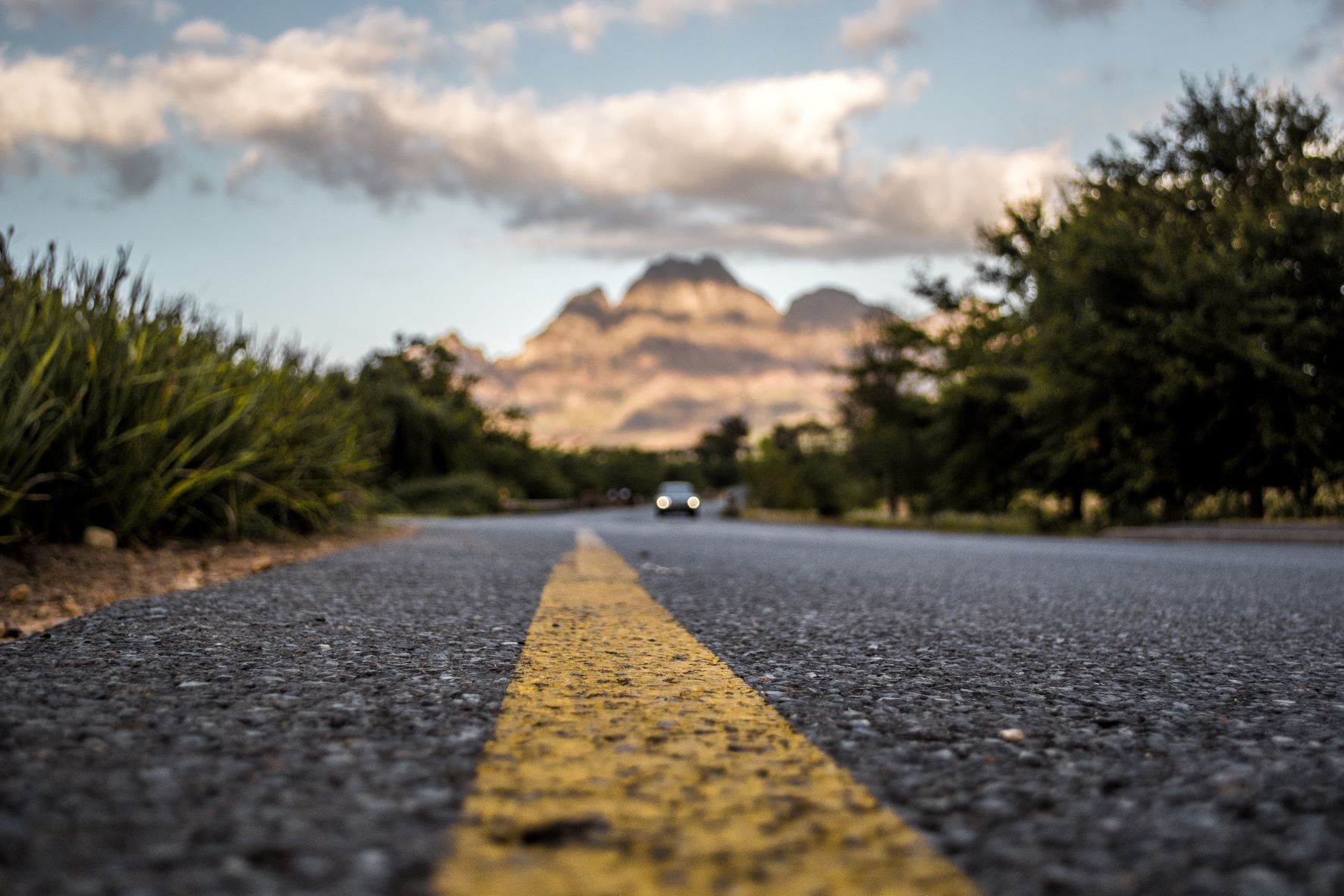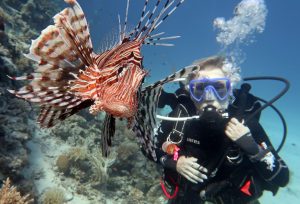Time to drive on the left
We are all too familiar with driving on the right-hand side of the road if coming from The America’s or the majority of the European Union countries. This makes a lot of people feel rather uncomfortable knowing when they visit most of Africa they will be required to drive on the left-hand side of the road in a slightly more let’s say, organised chaos with many people and animals using the same road for vehicles.

Live the adventure
You have just arrived in South Africa and collected your rental car. Here are some of the local inside
views and tips on where and how to drive, what to do and what not to do when driving in South Africa.
First steps
First of all, to legally drive in South Africa you will require a valid driver’s licence that is written in English and has a photo. If you do not have this then you need to get an IDP-International Driving Permit which is basically just an official document translated into the languages necessary for the country you are visiting. You will also be required to have a photo ID (passport/ID) if you do not have a photo on your driver’s licence.

Many travellers to South Africa are first-time visitors and are unaware that South Africa has not only spectacular wildlife and scenery but also an excellent road network covering most parts of the country. For those seeking the adventure of a self-drive tour in South Africa, renting a car from one of the international airports with repetitive rental agencies such as Avis, Hertz and Europcar is a simple and cost-effective way to experience South Africa and a full-time guide is not necessary, saving you a lot of money.
Driving on the left-hand side
In South Africa, you will need to adjust to driving on the left side of the road. For those who come from North America and Europe, this may be a bit more exciting for you. So remember to drive on the left, pass on the right and say thanks by using the emergency hazard indicator lights.
Yellow Lane:
South Africans use the emergency lane on the left-hand side for breakdowns and a buffer zone. But as a local, if a faster car is approaching you from behind, it is courteous to slide to the left into the emergency yellow lane and allow the faster passing car to have room to pass safely this is generally followed by them signalling a thank you to you by turning on there hazard lights briefly. You can reply by flashing your headlamps once or twice which literally translates as you are welcome.
Speed limits:
Generally, the average speed limit is 60 kilometres per hour (37 miles per hour) in cities, 100 kph (62 mph)
on secondary roads, and 120 kph (75 mph) on highways. When visiting and travelling in national parks be aware of wildlife and animals crossing the roads, and keep your speed to a minimum. The speed limits in national parks vary from 10kph to 50 kph
Road signs:
Road signs are often written in Afrikaans as well as English and speed / distances are measured in kilometers per hour. Pay attention to the road to avoide large potholes in the more rural areas of South Africa.
Traffic lights:
That Yellow pole with the three lights, red, amber and green is often refered to as robots in South Africa. So if somebody gives you directions they will say turn left at the 4th set of robots and right at the 2nd robot. Robot = Traffic Light. The traffic lights work in a sequences as follows, green for go, amber for slowing/warning before turning to red which means stop. The traffic light then resumes back to green without showing amber which is common in the United Kingdom and some other countries.
Petrol-Gas stations
South Africa has many petrol stations with well appointed facilities at most of them. You will find a number of petrol stations along the main highways N1 & N2. When arriving at a petrol station in Southern Africa attendants will pump your gas/petrol for you as well as checking tyre pressure and oil levels on your vehicle. It’s customary to tip these individuals at least R5/R10 rand. The larger petrol stations such as Engen, Shell and BP have restaurant and take away facilities for driviers to stop for a break, refresh and proceed to your destination.
Should You Rent a Car?
The independence of renting a car is ideally suited to travelling in South Africa, and ideally suited for exploreing more regions and checking out the safari parks, a more cost-effective option than an expensive packaged tour. Renting a car is defenitly worthwhile in South Africa, public transport is limited in cities and can also pose a higher risk of theft or robbery and public transport is virtually non-existent in rural areas. The cost of fuel per litre is almost half of what one pays in Europe. Driving in South Africa is convient and allows one to explore off the beaten track areas and if you like a particular area you can just stay a bit longer and leave on your own time. Being flexible while on holiday is a must and thats why renting a car allows the flexibility to not have to always be traveling on a shared group tour following a tight schedule.







